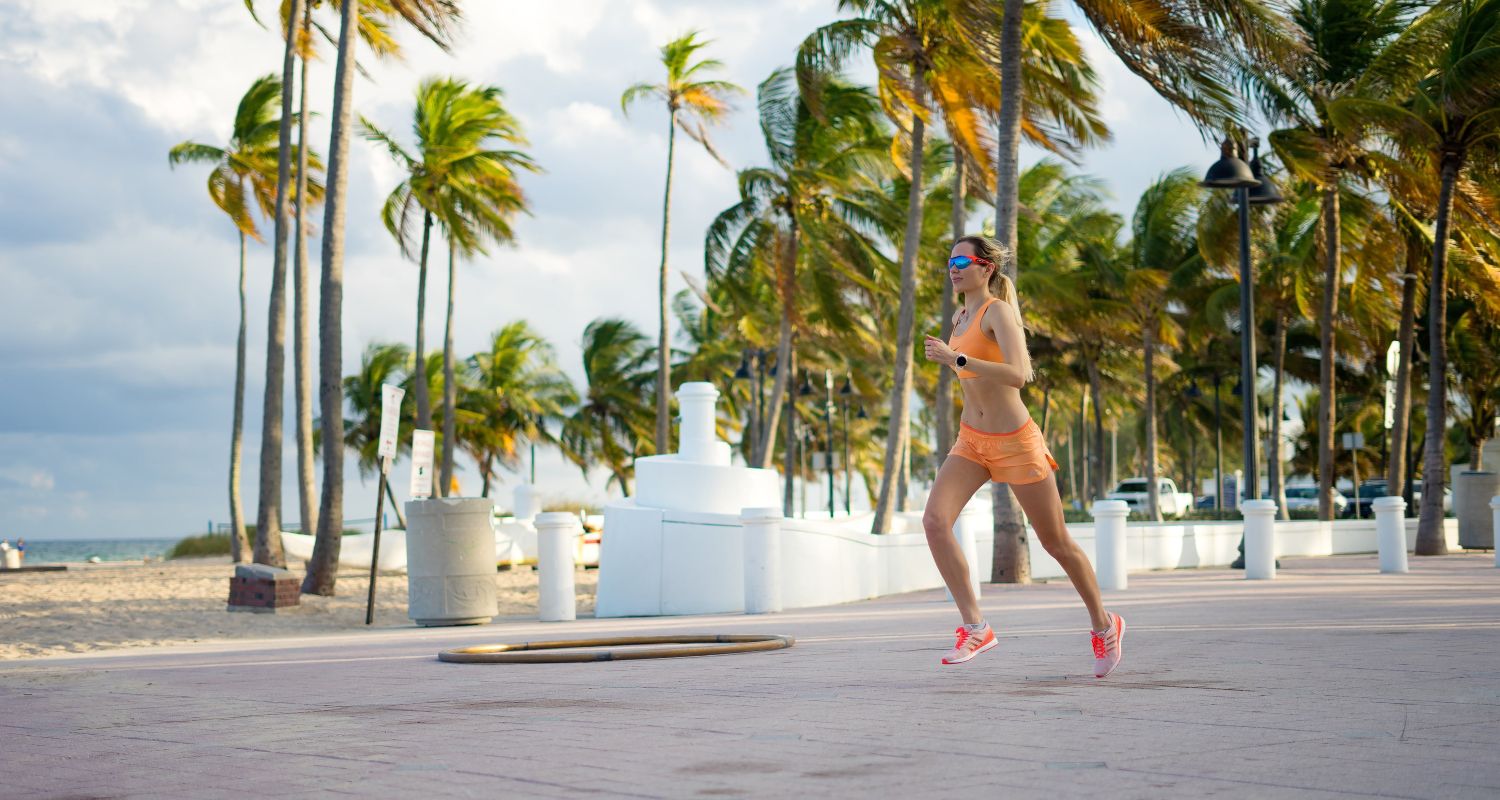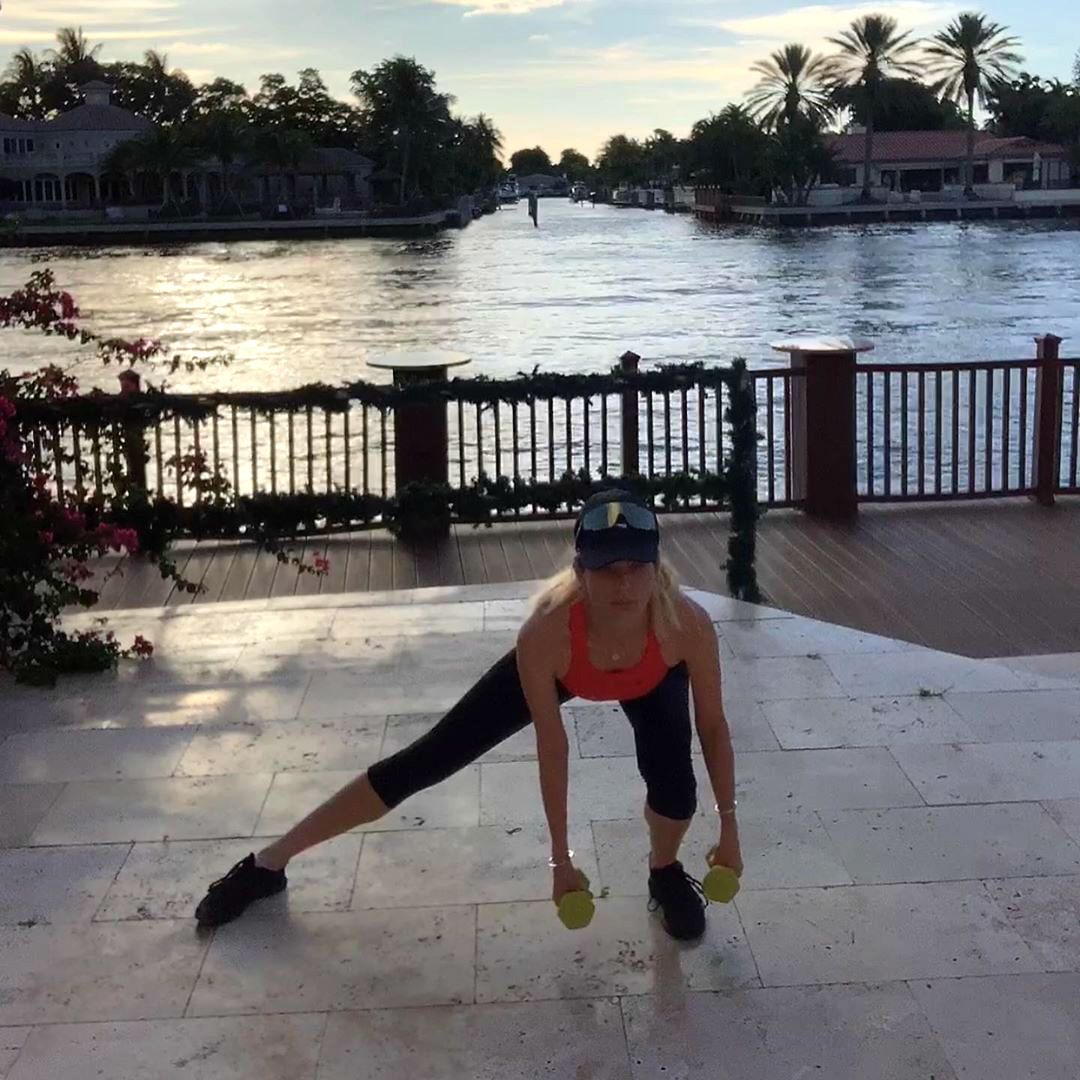9 Ways of Effective Post-Race Recovery
Come back stronger and faster
Your main goal for any event could either be reaching the finish line, breaking your previous distance record, or qualifying for a major event. While achieving those goals is admirable and shows the fruits of months’ worth of labor, as soon as the race stops, you also need to consider how you can help your body come back stronger. For peaking at your next competition it needs to be more done just simply crashing on the sofa.
Here are nine effective ways you can implement to help your body recover after a race.
1. Hydration
When re-hydrating, don’t only stick with water. Drink or eat sources of electrolytes that have been lost due to sweating. Adding salt to veggies or fruits can boost hydration and help in replenishing sodium content (salty watermelon is my favorite). Or use premixed powders that were engineered specifically for this purpose. However, you should make sure to avoid those that contain artificial ingredients and only go for ones that have gone through strict purity and quality testing programs from a third party.
Stay hydrated the night before the race, during the race and then again immediately afterwards.
2. Nutrition
Aside from replenishing the electrolytes you lost, it’s also important to get sufficient macronutrients that can help your body start its recovery process. The study also revealed that the post-race combination of carbs plus proteins will reduce physical fatigue, improve energy levels, and lessen any soreness days after the race. Why are carbs necessary to pair with your post-race protein? Because they help replenish the glycogen stored in your muscle, which would have been depleted during your race. Eat whole foods instead of packaged or processed foods and add more variety to your meals also.
3. Sleep and Rest
During sleep, the body works hard in recovery. Sleep around 7-9 hours, take a 20 min power nap during the afternoon.
However, the sympathetic nervous system, which is responsible for our “fight-or-flight” mechanism, can release excessive stress hormones during the race. This can lead to problems in resting for some individuals after the race. Fortunately, a hot bath is proven to fix that problem.
4. Movement and Mobility
After every race, if your body is exhausted, it is logical not to exert more effort. The adrenaline might still be rushing through, but you need to prepare for resting your body so that it can recover. The best way to stabilize your body is to perform cool-down exercises. Take 1 lap for walking in order to cool down. Perform a bike ride the next day after the race, especially if you are feeling sore. Get your legs moving.
5. Stretching
You can integrate stretching in order to reduce strain on the muscles and joints, to ease your tension, and identify sore areas that need further attention like massage.
6.Massage
Use a massage gun and a foam roller to relieve muscle soreness and stiffness. If you are feeling sore, you can use a roller or a ball under your feet, calves, and thighs. This will loosen up those areas so that you can move normally.
7. Relaxation
Take bath to reduce stress, and use meditation, breathing, listening to music and yoga. These activities stimulate the parasympathetic nervous system, which is responsible for our “rest-and-digest” mechanism. Breathing technique is also a proven method to relax the body after a race. This involves a pattern of inhaling and exhaling.
8.Cross training
Implement some low impact workouts in the week following a tough race- elliptical machine in the gym, roller skiing, rowing.
9. Protect your immune system-avoid gems
After strenuous physical activities your immune system is fragile, and it’s easier to get sick- cough and cold. Take extra Vitamin C, and skip crowded places like public transports where you will be exposed to a lot of germs.
Recovery, similar to training, is more of an art than an exact science. You can start your post-race recovery plan with the nine tips above, once you’re more familiar with how your body responds to certain practices, you can change up your approach little by little for a post-race recovery routine that best suits you.















